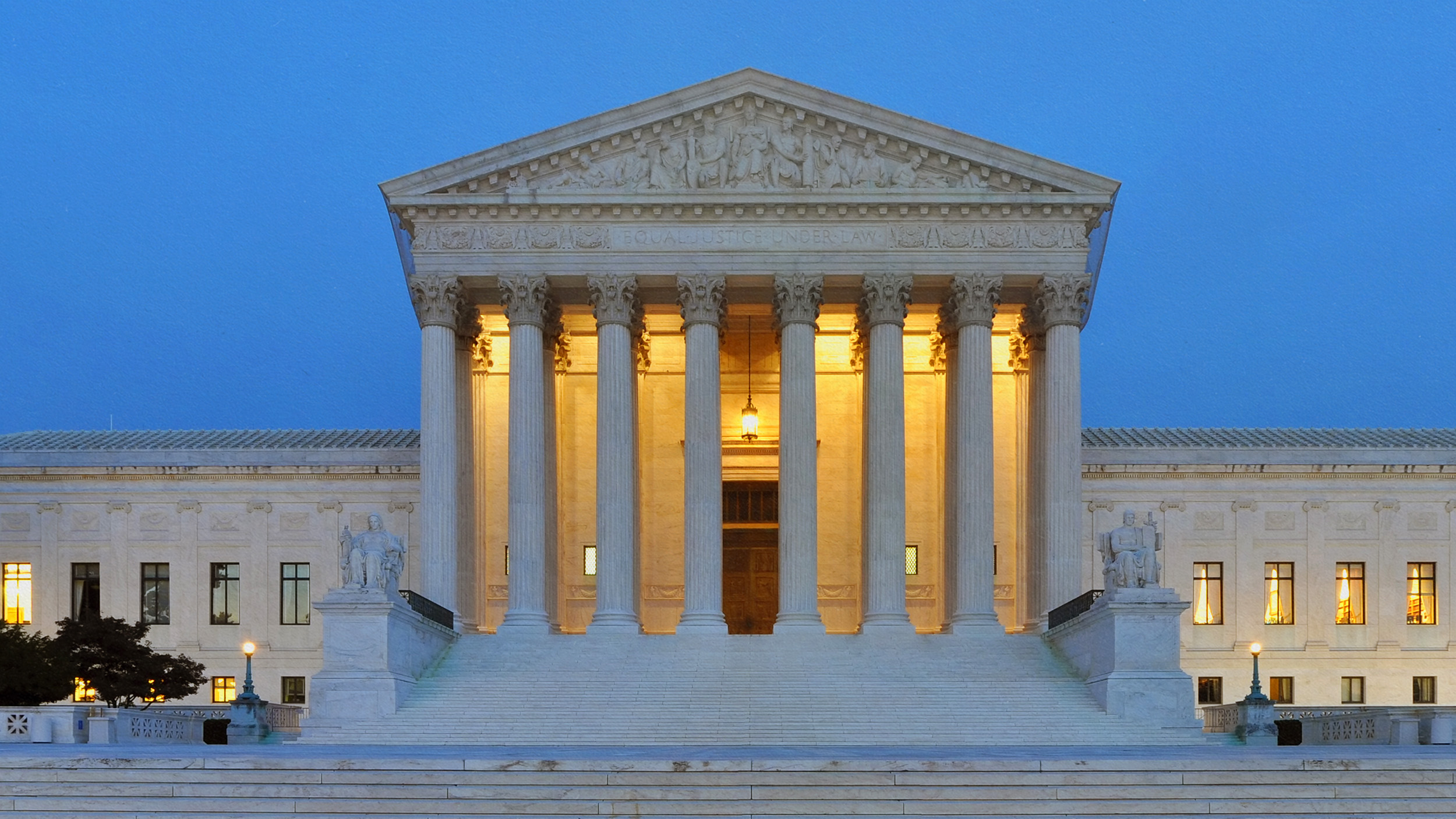A New Fight in Texas May Rekindle Abortion Dispute at the Supreme Court

The Supreme Court has considered a host of hotly divisive issues in the term that is wrapping up in just a couple of weeks. In addition to rulings on gay marriage and a challenge to Obamacare that could upend the nation’s health care system — both of which are expected to be announced at the very end of June — the justices will soon weigh in on important cases concerning free speech, racial discrimination, gerrymandering, and death penalty drugs.
One perennially hot-button question is missing from this list: abortion. But it seems the issue will soon be back in the justices’ hands, in one way or another.
Since 1973, when the Supreme Court announced a limited constitutional right to abortion in Roe v. Wade, pro-life activists have pursued myriad strategies for curtailing that right and decreasing the number of abortions performed in the United States. Waiting periods, informed consent, parental notification, late-term abortion bans and other regulations have contributed to an abortion rate that has dropped to its lowest level in decades:
In Planned Parenthood v. Casey in 1992, the Supreme Court gave the green light to all but one provision of a Pennsylvania law designed to limit abortions. It’s fine to ask women to wait 24 hours before having the procedure, the 5-4 decision said. And it’s fine to require minors to notify their parents before procuring an abortion. But it is an unconstitutional “undue burden” to ask women to notify their husbands prior to an abortion. This regulation represented a “substantial obstacle in the path of a woman seeking an abortion before the fetus attains viability,” Justices Sandra Day O’Connor, David Souter, and Anthony Kennedy wrote. Here is why:
…there are millions of women in this country who are the victims of regular physical and psychological abuse at the hands of their husbands. Should these women become pregnant, they may have very good reasons for not wishing to inform their husbands of their decision to obtain an abortion. Many may have justifiable fears of physical abuse … Many may have a reasonable fear that notifying their husbands will provoke further instances of child abuse … Many may fear devastating forms of psychological abuse from their husbands, including verbal harassment, threats of future violence, the destruction of possessions, physical confinement to the home, the withdrawal of financial support, or the disclosure of the abortion to family and friends.
Fast-forward 21 years to 2013, when Texas passed House Bill 2. By establishing upgrade requirements and a new rule that physicians performing abortions must have admitting privileges at a local hospital, the law shuttered many of Texas’s abortion facilities, leaving “fewer than a dozen clinics across its more than 267,000 square miles.” For women in El Paso or other western parts of the state, this meant an abortion was more than a 500-mile drive away. Here is how The New York Times depicted the change:

A legal challenge to House Bill 2 was successful in federal district court. Reducing the number of clinics in the state by more than half constituted an “undue burden” on the constitutional right of Texas women to end their pregnancies. But earlier this week, a three-judge panel on the Fifth Circuit Court of Appeals reversed the lower court and kept most of those clinics closed. The district judge had ignored a Fifth Circuit precedent, they wrote, and misapplied the “undue burden” standard. Women in El Paso do not have to drive all the way across the state to secure abortions, they explained, as a clinic over the border in New Mexico is a mere 12 miles’ drive away.
With hundreds of new abortion regulations pending in state legislatures around the country, it seems inevitable that the Supreme Court will be called on to clarify the “undue burden” test that Justice O’Connor laid out in 1992. If the justices agree to hear the Texas case or another challenge making its way through the lower courts, a year from now the scope of abortion rights could be hanging in the balance — the way same-sex marriage is today.
Image credit: Shutterstock.com






